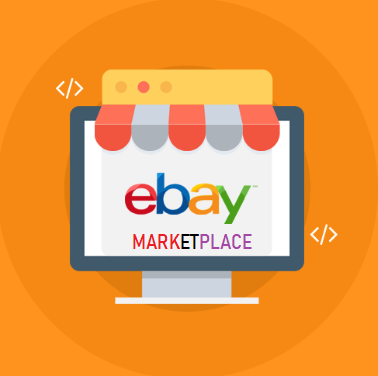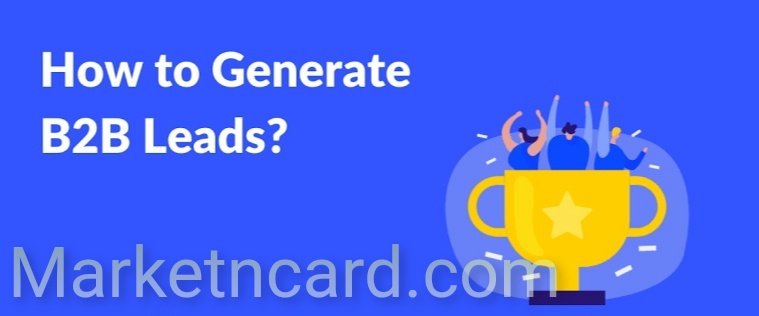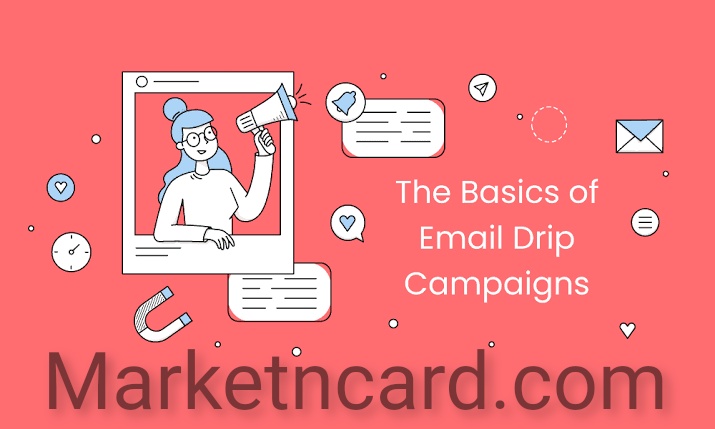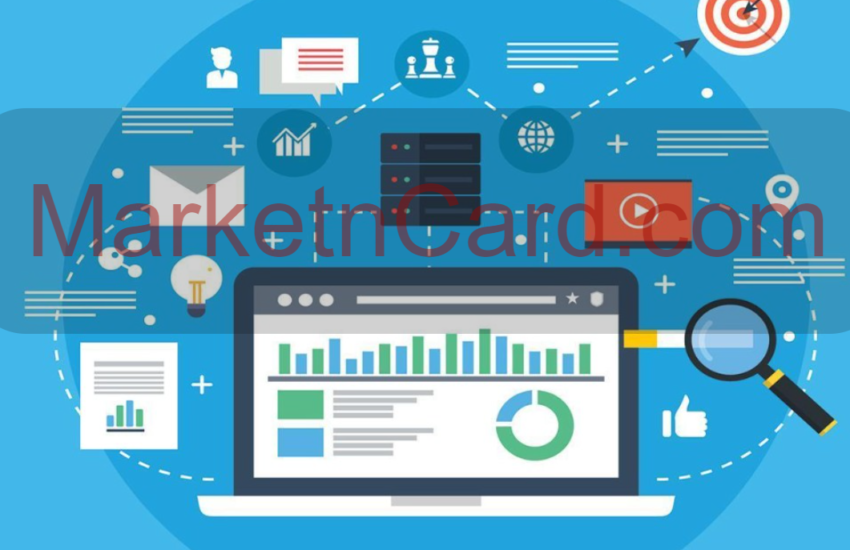Prospecting and Lead Generation -When it comes to finding new customers for your business, there are two main approaches: prospecting and lead generation. These techniques are different in how they work and can impact your growth. Let’s take a closer look at the key differences between prospecting and lead generation, and how they can help your business succeed.
CHECK OUT: Merchant Services Lead Generation Companies | Top 5 Lead Generation for Merchant Services
Prospecting
Think of prospecting as a proactive way of finding potential customers. It involves reaching out to individuals or businesses who might be interested in what you offer. The goal is to start conversations and build relationships with these prospects, with the hope that they will become paying customers.
Prospecting often involves cold calling or cold emailing. You or your sales team research and create a list of potential leads, and then you reach out to them directly to introduce your company and its products or services. It takes time and effort to personalize these outreach efforts, but it can be worth it when you connect with the right people.
CHECK OUT: Healthcare Lead Generation Companies
Lead Generation
Lead generation is a broader term that encompasses various activities aimed at attracting and capturing the interest of potential customers. Unlike prospecting, lead generation focuses on inbound marketing strategies to generate inquiries or leads from people who have shown interest in your business.
Content marketing is a key aspect of lead generation. By creating valuable and relevant content like blog posts, e-books, videos, or webinars, you can attract potential customers to your website or landing pages. This content is optimized for search engines, making it easier for people to discover your brand.
When someone engages with your content and shows interest, they become a lead. Lead generation is about capturing the contact information of these leads, usually through forms or opt-ins, and then nurturing them through targeted marketing campaigns. These campaigns can include email marketing, personalized content recommendations, or retargeting ads, all aimed at guiding leads further down the sales funnel.
Lead generation strategies leverage automation and technology to streamline the process of capturing and nurturing leads. Marketing automation platforms allow you to automate lead scoring, segmentation, and personalized communications, making lead management more efficient.
CHECK OUT: How to Generate Leads for Senior Living Facilities
Understanding the Synergy(Prospecting and Lead Generation)
While prospecting and lead generation have their own characteristics, they can work together to create a powerful sales strategy. Here’s how they can complement each other:
Targeted Prospecting with Lead Generation Support
Prospecting helps you identify specific individuals or businesses who are a good fit for your offerings. Once you’ve identified them, lead generation techniques can be used to capture their interest and convert them into leads. For example, after making initial contact through cold calling, you can direct prospects to landing pages or offer valuable content that further engages them and captures their information. LEARN MORE
Lead Qualification through Prospecting
Not all leads generated through other methods may be the right fit for your business. Prospecting helps you qualify and prioritize leads by conducting research, understanding their needs, and evaluating their potential. This ensures that your sales team focuses their efforts on high-quality leads, improving your chances of closing deals.
Nurturing Prospects with Lead Generation Techniques
Prospecting is about building relationships and establishing trust. Lead generation supports this process by providing valuable content and automated follow-up communications. Through lead nurturing campaigns, you can stay connected with prospects, provide them with relevant information, and guide them towards making a purchase decision.
CHECK OUT: How to Generate Leads for Solar Sales
Feedback Loop for Continuous Improvement
By combining prospecting and lead generation, you gain valuable insights into customer behavior, preferences, and pain points. Tracking the effectiveness of both approaches allows you to gather data on lead sources, conversion rates, and customer feedback. This feedback loop enables you to continuously refine your prospecting and lead generation strategies, optimizing your overall sales process.
Aligning Sales and Marketing Efforts
Prospecting and lead generation require collaboration between your sales and marketing teams. Your marketing team can support prospecting efforts by providing targeted lists, market research, and relevant content materials. Likewise, your sales team can provide valuable feedback on lead quality and conversion rates, helping marketing refine their lead generation strategies. When both teams align their efforts, you create a seamless and efficient customer acquisition process.
Conclusion
In conclusion, prospecting and lead generation are two distinct approaches to finding new customers. While prospecting involves proactive outreach and personalized communication, lead generation focuses on inbound marketing and automated nurturing. By combining these strategies, you can create a comprehensive sales approach that effectively identifies potential opportunities, captures leads, and nurtures them through the sales funnel. Understanding the nuances of prospecting and lead generation and leveraging them together can lead to increased customer acquisition, revenue growth, and long-term business success. So, embrace the power of both prospecting and lead generation to drive your business forward and forge meaningful connections with your target audience.





